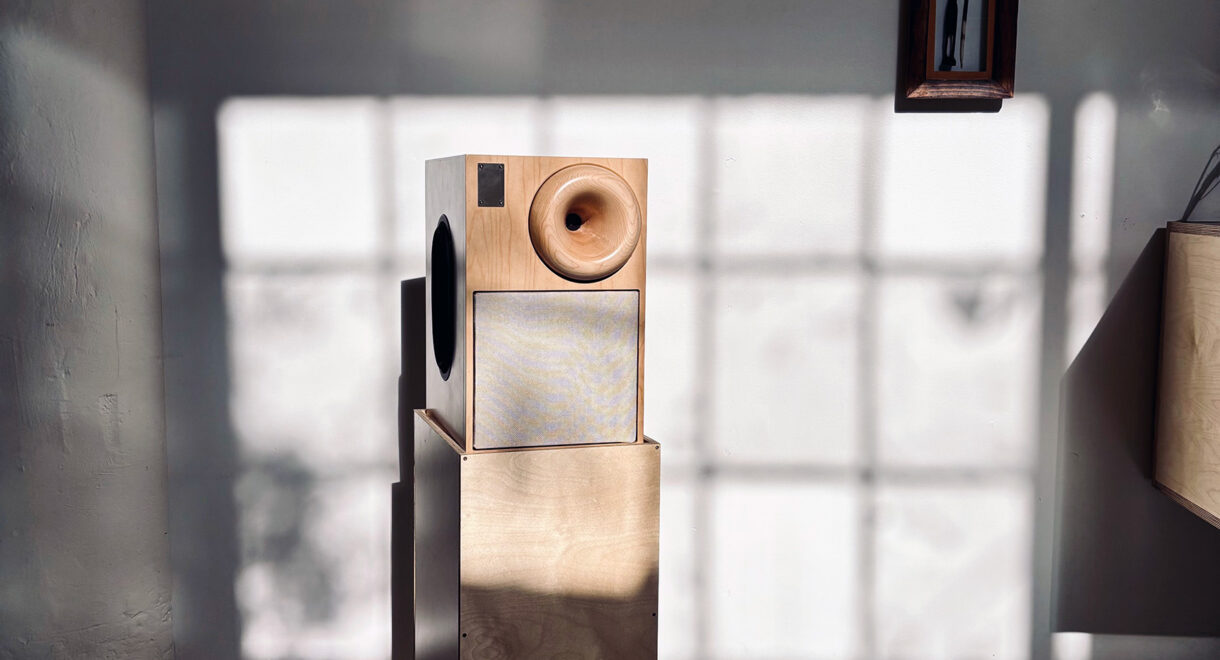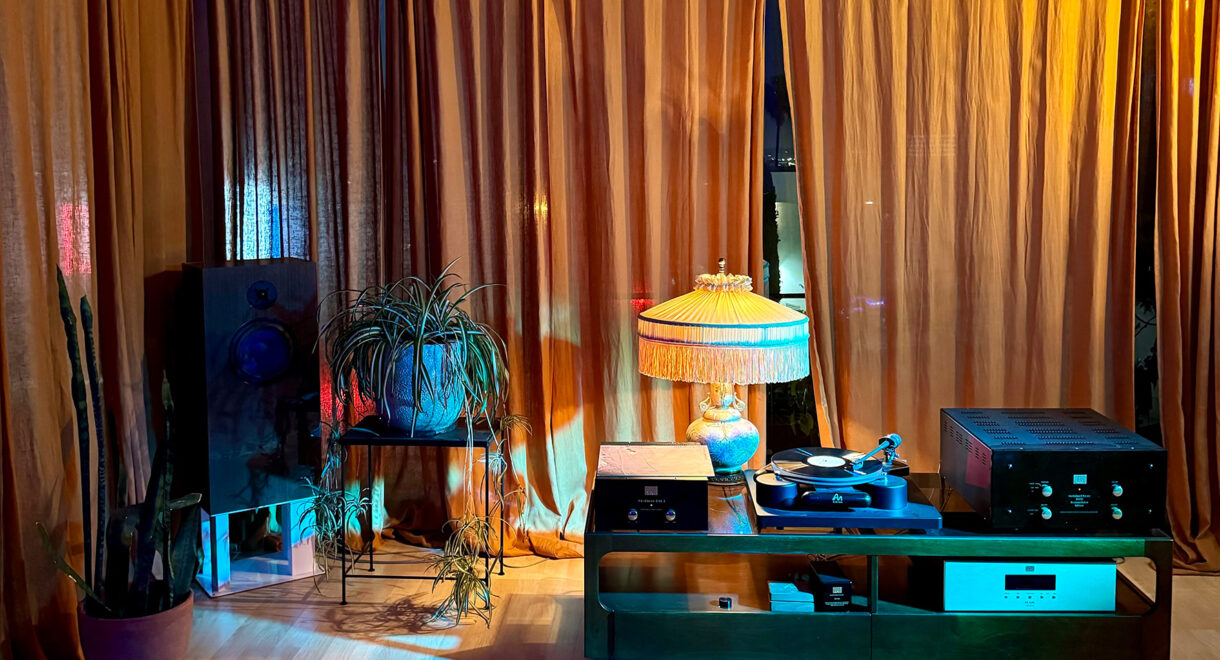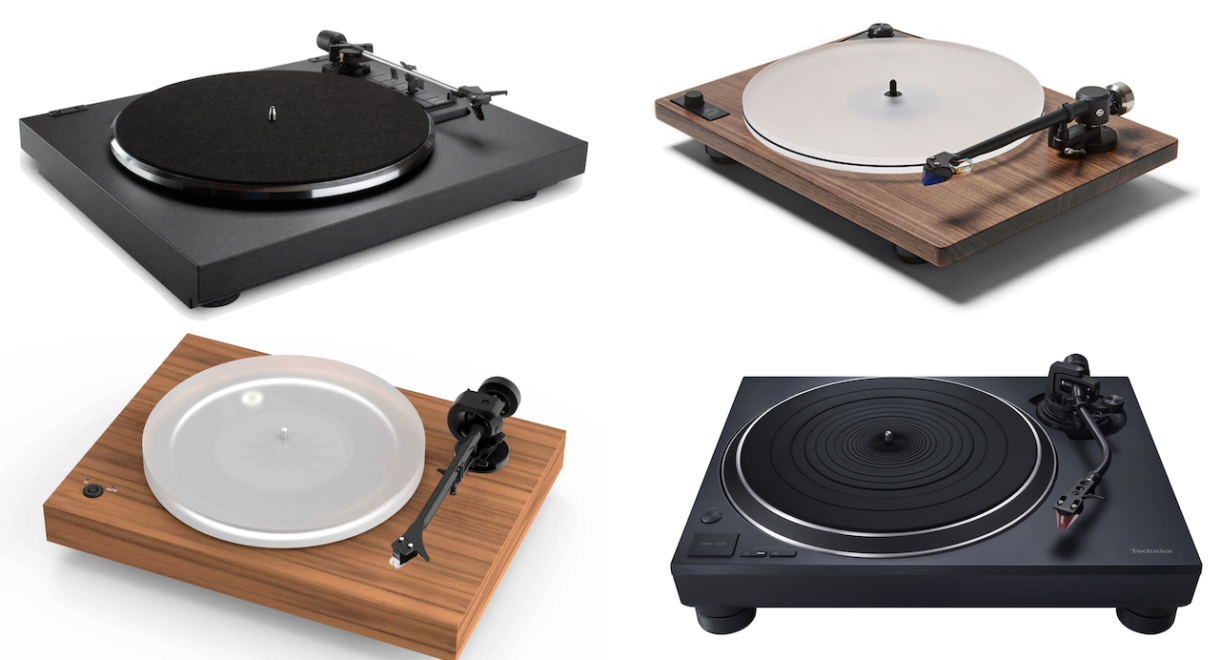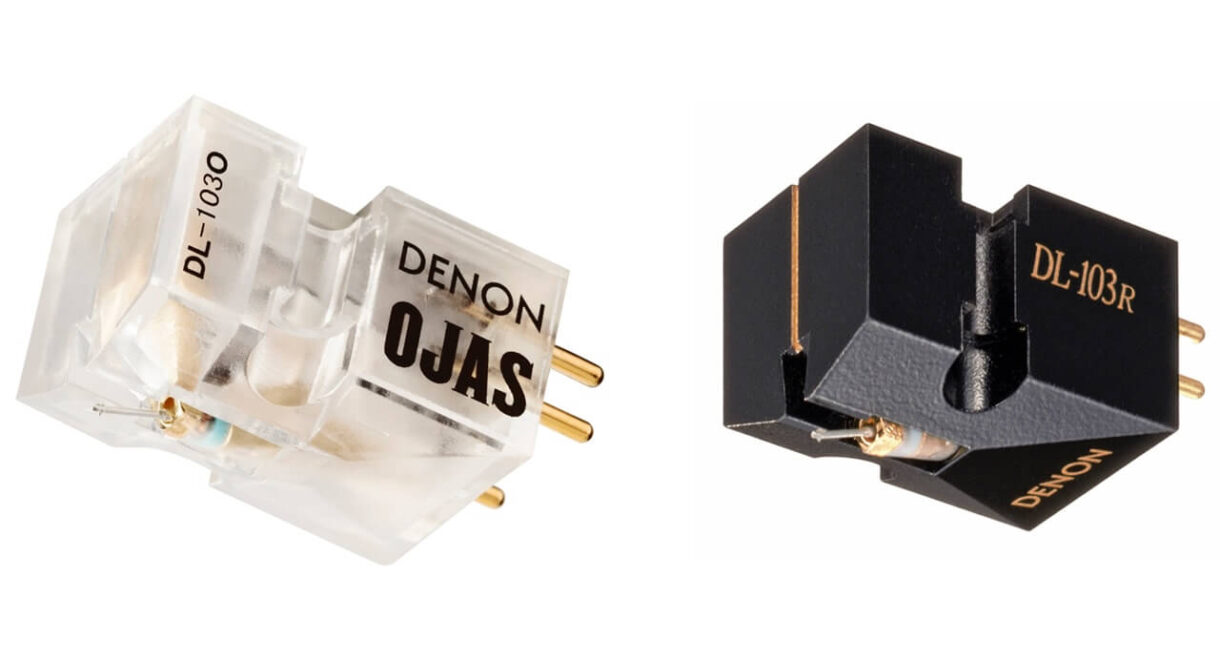Transparent clarity, deep bass, and “Invisible Sound” from German audio company ADS. Background: One of the lesser known hi-fi brands of the ’70s, ADS (Analog and Digital Systems) […]
Mid-Century HiFi Designs by Eames, Dieter Rams, Franco Albini, JBL, and More…

While most architects and designers were busy developing the future of everyday things, a few made the foray into hi-fi and had stunning results.
Aiming to add simplicity to our lives by shunning maximalism, mid-century designers experimented with the concept of “form follows function” in almost every aspect of the design of daily life. It’s no surprise that many venerated mid-century architects and designers got in on reimagining what at-home listening could look like. Notable names like Charles and Ray Eames, Dieter Rams and Franco Albini, all explored hi-fi design with stunning results. Below we’ve included a list of seven mid-century designs that may change how you think of the physical instruments behind deep listening.
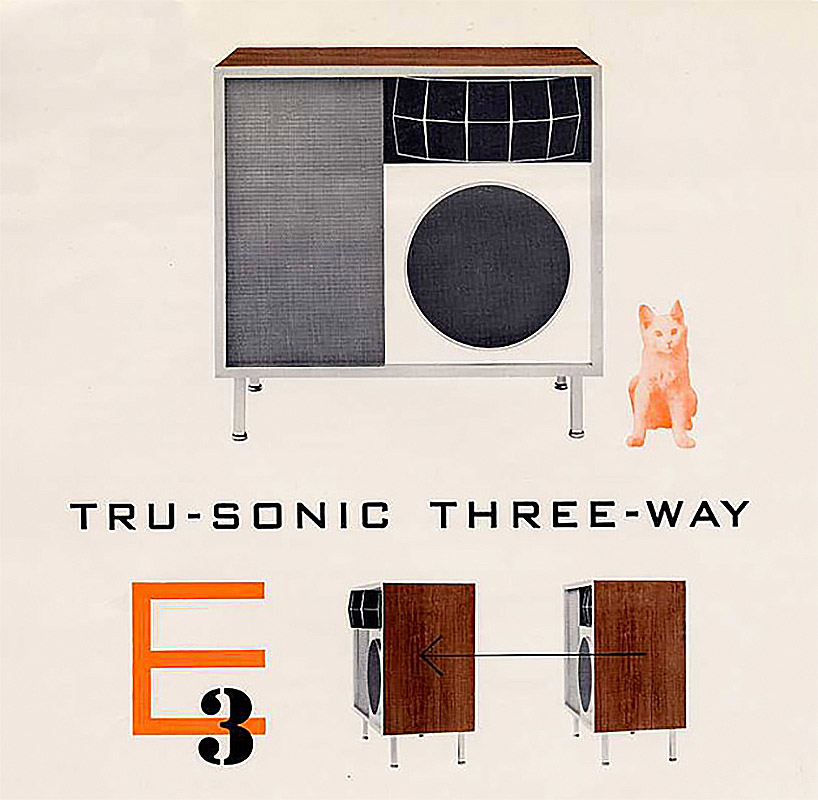
Eames Tru-Sonic Quadraflex
Husband and wife team Charles and Ray Eames are perhaps the most famous for their signature chairs, and in 1956 Stephens Tru-sonic asked the Eames office to redesign a series of speaker enclosures. Naturally, they employed design elements they favored, including the curved radial design they used for their iconic lounge chair. The team centered their designs on the people they were meant for, with curved corners to prevent injury during the day-to-day at home. The circular plastic grill cover was envisioned to replace cloth covers, which collected dust and were difficult to clean. This Is why their friend, architect Bill Lacey would say, “There is no Eames style, there is just a legacy problem beautifully solved.”

Braun LE-1 & L-2
Dieter Rams shaped the design of the German appliance company Braun via his steadfast philosophy, “weniger, aber besser” which translates as “less, but better.” And Rams’ work still greatly influences contemporary companies like Apple because of his specific focus on consumer goods. As head of design at Braun for over 30 years, Rams elegantly designed everything from toasters to record players. When Rams took on hi-fi equipment, he wanted the visual language to speak to the clarity of sound. The Braun LE-1 in 1959 was the first electrostatic mode loudspeaker available on the German hi-fi market, and the wide span and slim profile was meant to symbolize the clarity of its sound. It was set on a stand that was at a tilt, which enabled home users to maximize the sonic profile of the unit. It was the first speaker that was raised on a thin metal base, which was meant to make the speaker appear to almost float.
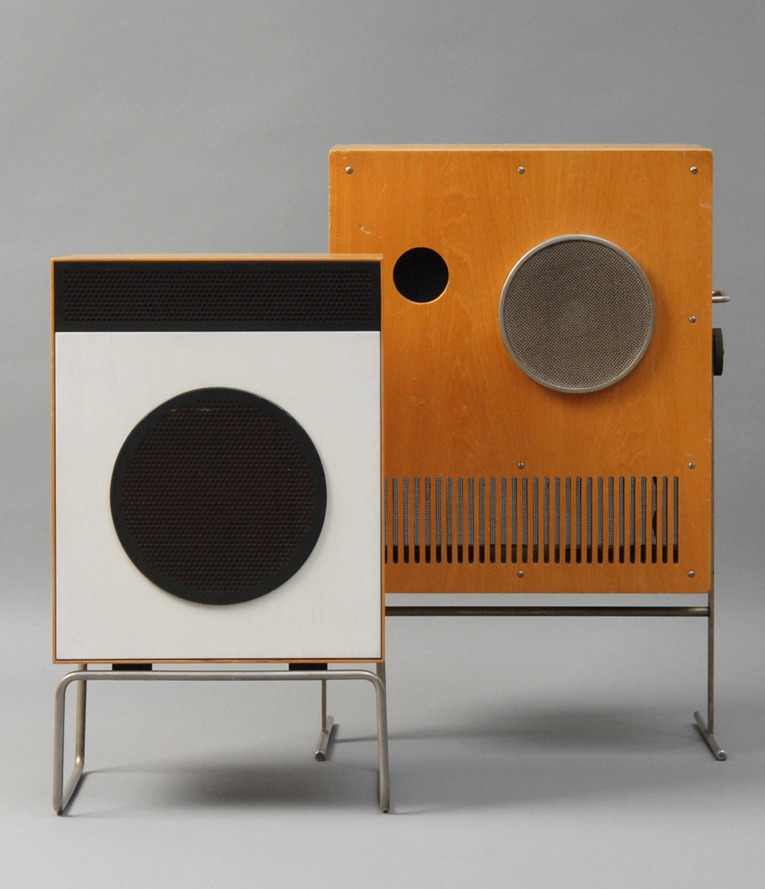
The next speaker, the L-2, looked like Rams’ take on the Eames design. It was also typified by starkfully minimalist design reminiscent of fine artists like Piet Modrian, who was also fascinated by simple geometric elements. Rams was on a continual search for universal values in aesthetics, which is perhaps why his work remains relevant more than 50 years later.
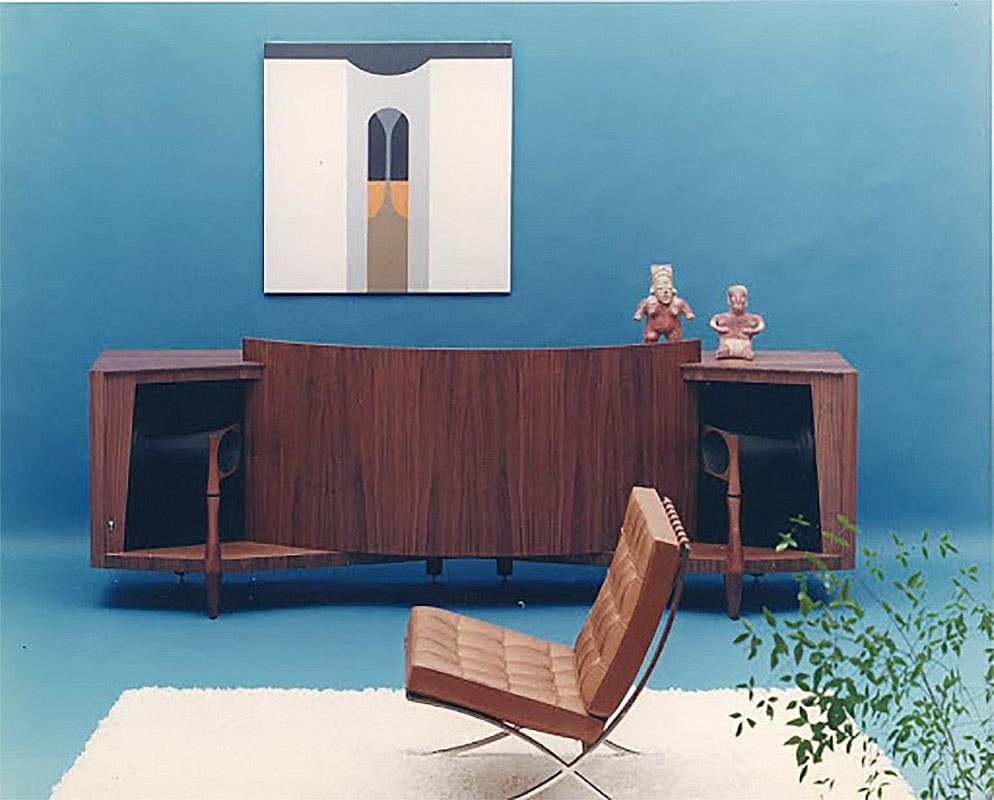
JBL Paragon
The classic JBL Paragon’s production run was the longest of any of the company’s speakers. Manufactured from 1957 to 1983 as the first mass-produced stereo loudspeaker for home use, and it was JBL’s flagship product. It was also the most expensive speaker in the world at the time at $1,830, which, adjusted for inflation, equates to over $15,000 today. It’s still highly sought after. One in decent shape goes for about $30,000 now.
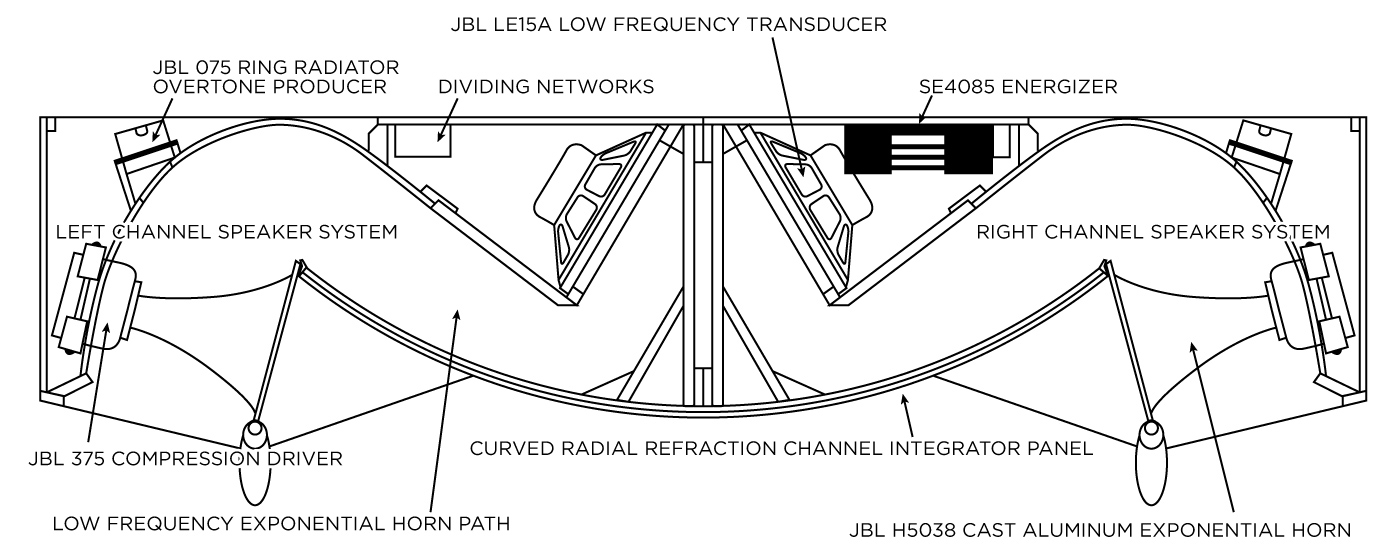
Its wooden sculptural shape was imagined by JBL industrial designer Arnold Wolf from a concept elaborated by electrical engineer Richard Ranger. One early issue of stereophonic sound was addressing that the stereo image — the direction sound travels in the room — only provided a single auditory sweet spot. The Paragon successfully mitigated this by reflecting the sound on curved wood surfaces. That, in turn, would refract the sound far more broadly into the room.
Its stately design is still celebrated today and at nine feet wide, it is the centerpiece of any room it’s in.
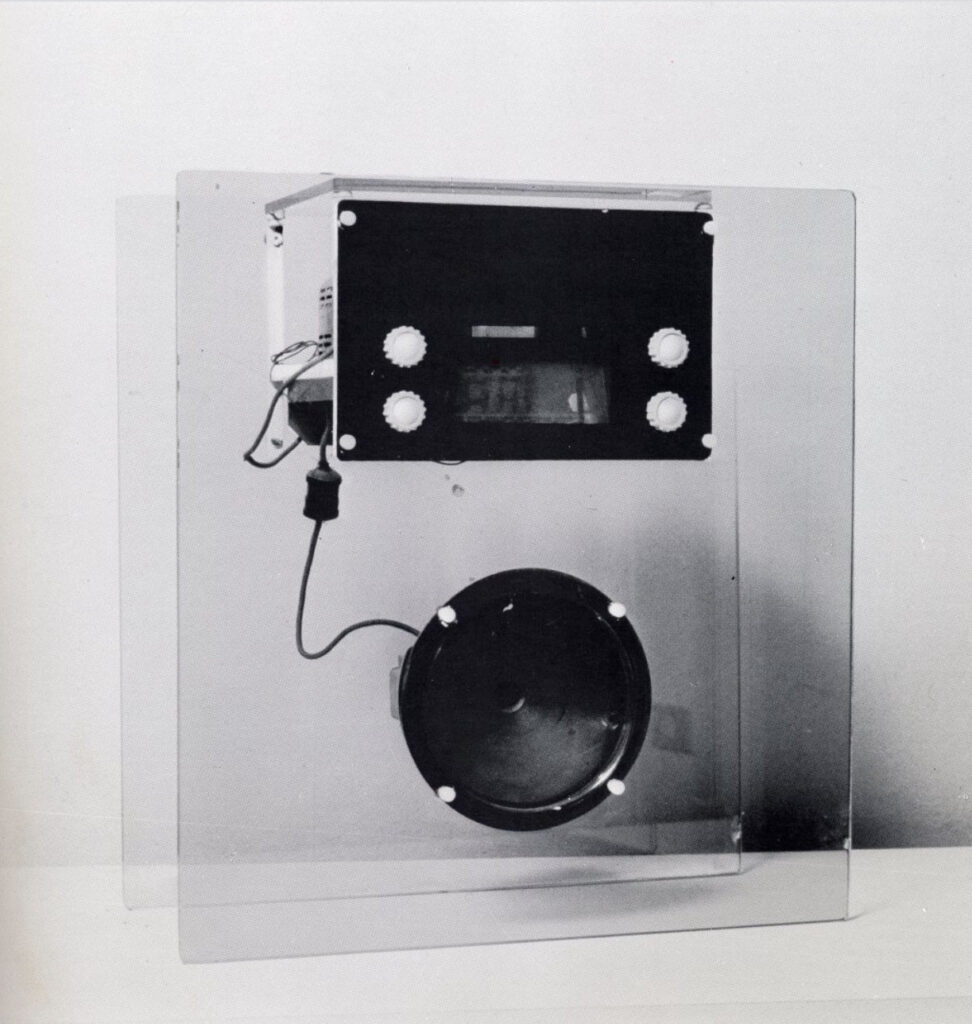
Franco Albini Transparent Radio
The stereo cabinet that Franco Albini designed for his own house was made as a pushback against the ordinariness of mass produced objects. The transparent enclosure is meant to symbolize it’s separation from the physical world and spoke to the time it was produced in 1938, just a few years before the accepted start of the mid-century period. Italy was under the grip of the fascist prime minister Benito Mussolini and the country was trudging forward towards World War II. This was the first design of its kind, and is one of the most impressive designs by Albini.

Brionvega RR126
The RR126 was one of the most famous designs in the history of Italian home stereo, and became a status symbol as soon as it was released in 1966. Its modular speakers could be hung on either side of the record player or disconnected to sit on the floor or any surface. Though it was beautifully symmetric, minimalism was not the factor that set the RR126 apart from the others on this list. Quite the opposite. This unit was anthropomorphized with volume dials for eyes and speakers for ears.
The stereo system is still being produced by Brionvega and all by hand, though the vintage units are more highly valued. That’s no surprise; it’ll make any room look like the set of a 60’s italian thriller.
Clairtone Project G
Only 400 Project G units were made between 1964-1967, and the brand quickly became a celebrity favorite. Frank Sinatra, Hugh Hefner, Oscar Peterson and others owned them, and consequently they popped up on the sets of movies including The Graduate, The Party and Zabriskie Point.
It was a breakthrough design that integrated traditional wooden encasements and saddled it with two omnidirectional speakers that look like futuristic orbs. Though everyone wanted one, the price made it relatively inaccessible. They retailed for $2,000 (about $20,000 in today’s money).

Magnepan MG-II by Jim Winey
Released in 1968, this high-end audio loudspeaker is unusual even compared to others on this list. It looks more like a screen door than an audio device. If you’ve ever taken off the protective mesh screen of a speaker, you’ll likely see a conical piece that drives the sound production. Mangepan instead opted for a flat planar driver system that was mounted on a panel, and since it didn’t require depth of a cone, it dramatically reduced its profile.
The Mangepan MG-II was also bi-directional, with the back panels sending sound waves into the wall behind the unit, which would then reflect the sound into the room. Whether this innovation was effective is still debated, but with plenty of consumers who bought into the novelty, Mangepan units were plentiful so they’re not hard to find.





